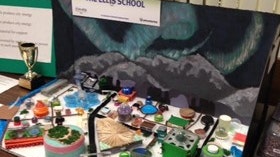Homepage
•
Learning Library
•
Blog
•
Maker movement: Bridging the gap between girls and STEM
Expand breadcrumbs
Expand breadcrumbs
- Learning Library
- Blog
- Maker movement: Bridging the gap between girls and STEM
- Homepage
- •
- Learning Library
- •
- Blog
- •
- Maker movement: Bridging the gap between girls and STEM
Maker movement: Bridging the gap between girls and STEM
By Lisa Abel-Palmieri
March 22, 2014








